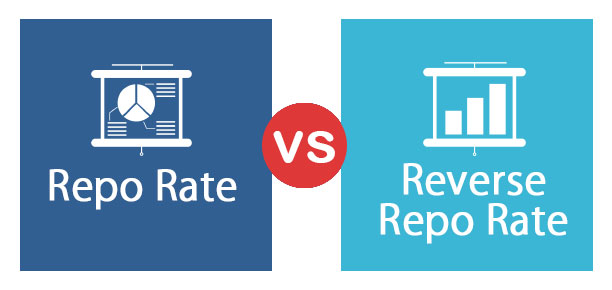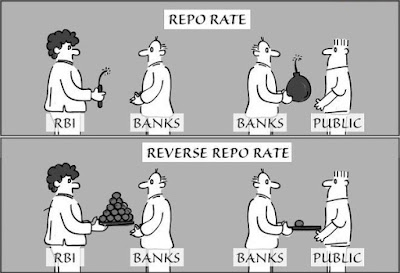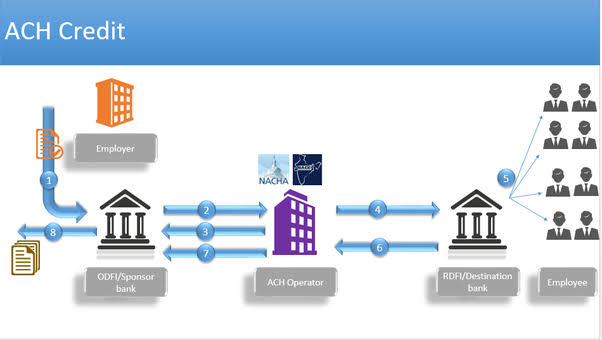What is the Difference between Repo Rate & Reverse Repo Rate - BankingHow - Banking Terms for Exams
Repo Rate
A repo rate and reserve rate is a monetary tool used by the central banks to maintain and control the economy. By using the repo rate and reverse repo rate a central bank is able to balance the demand and supply of the money in the market.The term ‘Repo’ stands for ‘Repurchase agreement’. Repo is a form of short-term, collateral-backed borrowing instrument and the interest rate charged for such borrowings is termed as repo rate. In India, repo rate is the rate at which Reserve Bank of India lends money to commercial banks in India if they face a scarcity of funds. Commercial banks sell government securities and bonds to Reserve Bank of India with an agreement to repurchase the securities and bonds from Reserve Bank of India on a future date at a pre-determined price including interest charges.
How Does Repo Rate Work?
When you borrow money from the bank, the transaction attracts interest on the principal amount. This is referred to as the cost of credit. Similarly, banks also borrow money from RBI during a cash crunch on which they are required to pay interest to the Central Bank. This interest rate is called the repo rate.Reverse repo rate
A reverse repo rate is a rate by which the government securities are sold by the central authority in an auction. It is a monetary instrument used to maintain supply in the market. A reverse repo is the opposite of the repo rate. A reverse repo rate is a rate at which the commercial banks give a loan to the central authority. A reverse repo rate is always lower than the repo rate. If a reverse repo rate increases will decrease the money supply and if it decreases, the money supply increases.If a reverse repo rate increases it will beneficial to the commercial banks means a commercial bank can invest more money in the commercial bank.
| Comparison Criteria | Repo Rate | Reverse Repo Rate |
| Lender and Borrower | Lender – RBI, Borrower – Commercial Banks. | Lender – Commercial Banks, Borrower – RBI. |
| Borrower’s Objective | To manage short term deficiency of funds | To reduce overall supply of money in the economy |
| Rate of Interest | Higher than reverse repo rate | Lower than repo rate |
| Interest Charge Applicable to | Repurchase Agreement | Reverse Repurchase Agreement |
| Mechanism of Operation | Commercial banks get funds from RBI using government bonds as collateral. | Commercial banks deposit their excess funds with RBI and receive interest from the deposit. |
| Impact of Higher Rate | Cost of funds increases for commercial banks hence loans become more expensive. | Money supply in the economy decreases as commercial banks park more surplus funds with RBI. |
| Impact of Lower Rate | Cost of funds is lower for commercial banks leading to reduced interest rates on loans. | Money supply in the economy increases as banks lend more and reduce their deposits with RBI. |
Why Repo Rate and Reverse Repo Rate are important?
Repo and reverse repo are the monetary measures used by the Reserve Bank of India to deal with the deficiency of funds and liquidity in the market. It is a vital money flow control mechanisms used by the central bank.
Bank lending rates are impacted by repo rate and reverse repo rate.
Repo and reverse repo are the most effective and efficient tools used by the Reserve Bank of India to achieve price stability and to boost economic development.
Repo and reverse repo agreements help banks manage their liquidity requirements easily and with a high degree of safety.




Comments
Post a Comment